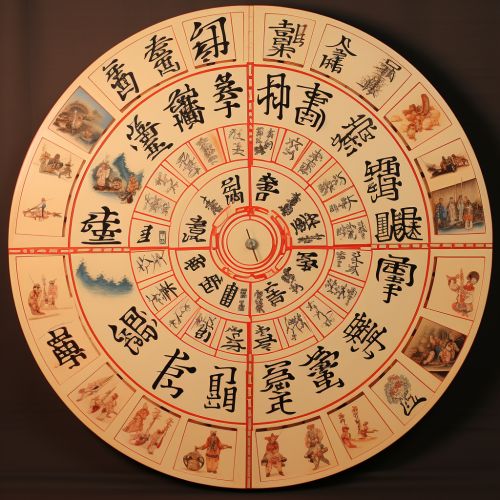Chinese Phonology
Overview
Chinese phonology is the study of the phonological system of the Chinese language, including its sounds, tones, and phonotactics. The phonological structure of each Chinese dialect may vary significantly, with Mandarin, Cantonese, and Min being among the most widely studied and documented.
Phonemes
Chinese phonology is characterized by a rich inventory of phonemes, or distinct units of sound that can differentiate words. The phonemic inventory varies across dialects, but Mandarin, the most widely spoken, has 21 consonants and 16 vowels.


Consonants
The consonants in Chinese are typically divided into six categories: stops, affricates, fricatives, nasals, liquids, and glides. These categories are based on the manner of articulation, or how the sound is produced.
Vowels
Chinese vowels can be classified into single vowels, compound vowels, and nasal vowels. Each of these categories has its own set of phonetic characteristics and phonemic contrasts.
Tones
Tone is a fundamental aspect of Chinese phonology. Each Chinese character is associated with a specific tone, which can alter the meaning of a word. Mandarin Chinese has four tones, while Cantonese has up to six or seven, depending on the dialect.
Phonotactics
Phonotactics, the rules for combining sounds in a particular language, are also an essential part of Chinese phonology. Chinese phonotactics dictate the permissible combinations of phonemes, syllable structures, and the placement of tones.
Historical Development
Chinese phonology has evolved significantly over time, with changes in phonemes, tones, and phonotactics. The study of historical Chinese phonology provides insights into the development of the Chinese language and its dialects.
Regional Variations
There are significant regional variations in Chinese phonology, reflecting the geographical spread and historical evolution of Chinese dialects. These variations can be seen in the phonemic inventory, tone system, and phonotactics of each dialect.
Phonological Processes
Various phonological processes occur in Chinese, including assimilation, deletion, and tone sandhi. These processes can change the pronunciation of a word depending on its phonetic context.
Transcription Systems
Several transcription systems have been developed to represent Chinese phonology, including Pinyin, Wade-Giles, and Yale Romanization. Each system has its own strengths and weaknesses, and their use often depends on the context.
